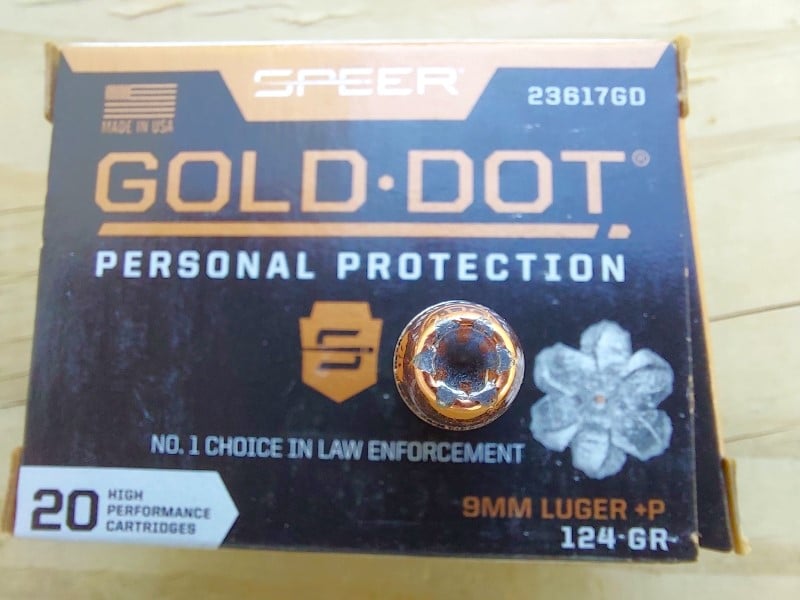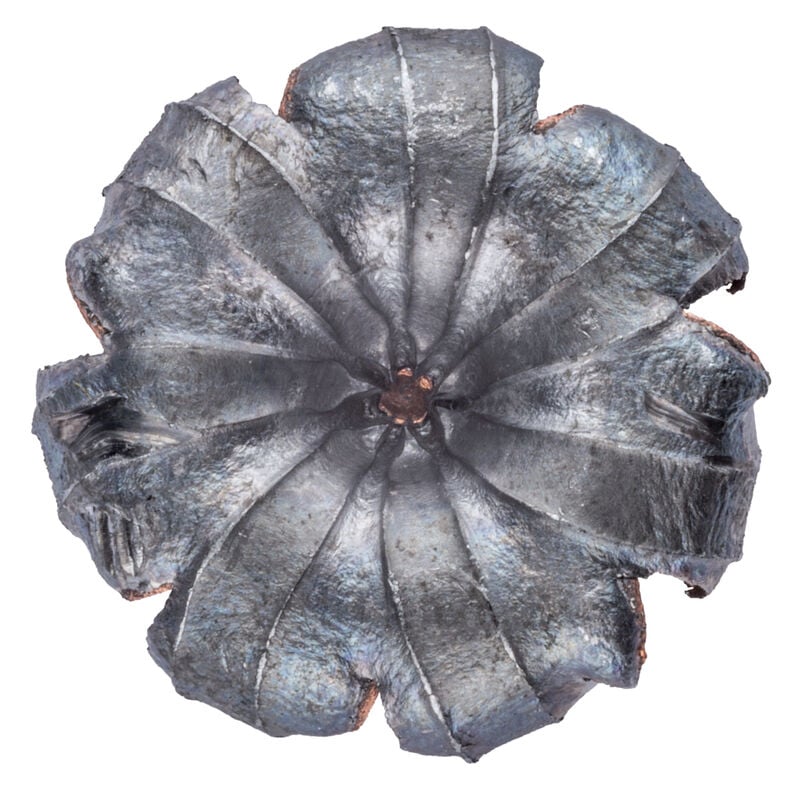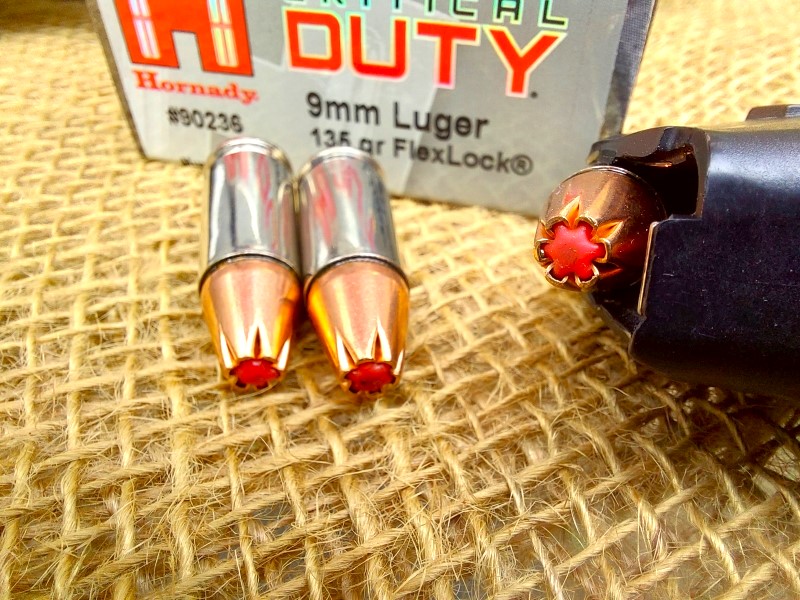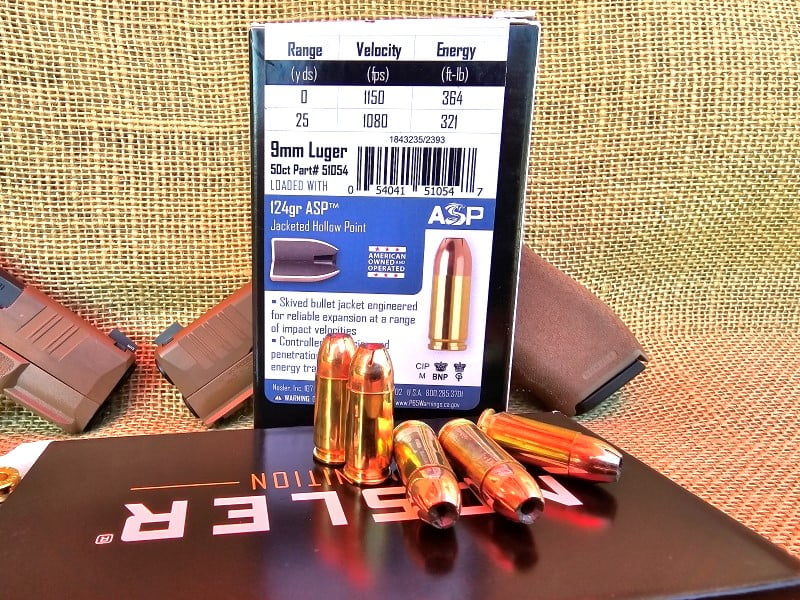Prior to 1986, hollow-point ammunition in the US was a hit-or-miss affair (no pun intended). Sometimes, the rounds opened up inside the bad guys, and other times, well, not so much.
What’s so profound about 1986 that changed the game? Readers might recall the FBI shootout in Miami on April 11, 1986. Eight FBI agents took on two heavily armed, violent felons. The final tally was that both felons had their birth certificates revoked, but not before two agents were killed and five others wounded. It was a bloody day for American law enforcement.
Was the FBI critical of its selection of weaponry? Or the training of their agents? Or the tactics used? No. Instead, they focused on one round of ammunition, which didn’t instantly stop one of the felons. Don’t worry; the wound was fatal – however, as mentioned, not immediately. To be honest, I’m not sure whether or not it was fair to blame the particular hollow-point bullet for the failure to stop this particular bad guy.
The next factor to consider is that pistol bullets have relatively slow velocity compared to rifle rounds. As a result, pistol bullets generally aren’t great at stopping bad guys quickly in all cases.
You’ll note that the rounds I cover here are in 9mm. That’s because it’s what I own and have the most experience with. That said, the rounds mentioned in this article are available in all of the major calibers, so fear not – your favorite caliber will be satisfied with the ammo mentioned here.
Progress
Despite the tragedy of the FBI Shootout, some good did come from it. The FBI formed a panel and came up with a new set of criteria for bullets to perform under.
Bullets now had to pass through a variety of mediums and still penetrate a requisite distance into ordinance gelatin. What mediums? Denim and other clothing materials, auto metal, auto glass, and building materials. After passing through these various materials, the rounds had to penetrate between 12 and 18 inches of ballistic gelatin while expanding. It’s mind-boggling how manufacturers can tailor the performance of bullets so specifically.
Prospects
Okay, I’ve flapped my gums enough. Let’s examine some of the best defensive rounds available today.
Do we, as civilians, need the same capabilities that law enforcement personnel do? In most cases, no. We’re not going to have to shoot into vehicles to stop bad guys most of the time.
With that said, I like the idea of using the same ammunition that law enforcement does for a few reasons. First, it performs amazingly, which inspires confidence. Secondly, it’s more defensible in court because we’re not using some sort of weird “ultra-lethal” ammunition; rather, we’re arming ourselves just like law enforcement does.
So, without further adieu, here are some great rounds. I haven’t listed them in any particular order, though I will tell readers which one is my favorite and why.
Speer Gold Dot
Speer is a leader in ammunition and has been for many years (going all the way back to 1943, in fact). Their quality and attention to detail have been second to none. It’s just good stuff. And I don’t expect you to take my opinion about that; rather, take a look at who’s using it these days and let that be a guide as to this ammunition’s quality.
The list of users reads like a “Who’s Who” in law enforcement agencies:
- Federal Bureau of Investigation
- Department of Homeland Security
- NY Police Department
- CA Highway Patrol
- PA State Police
- NJ State Police
- Las Vegas Metro Police
- Palm Beach County Sheriff
- US Customs and Border Protection
Over 3,000 US and international law enforcement agencies, including Norway, France, and Sweden, are using Speer’s Gold Dot ammunition.

The most popular Gold Dot round used by agencies is the 9mm 124-grain +P hollow-point round. It consistently meets all of the FBI’s very demanding protocol requirements.
The velocity for the 124 Grain +P hollow point is 1,220 feet per second, and it penetrates deeply into ballistic gelatin after passing through a host of mediums. The cases are nickel-plated, which helps to make extraction more reliable.

Of course, Gold Dot comes in other bullet weights, including 115 and 147-grain, for those wishing for lighter and heavier rounds. They also have many other calibers, including rifle and pistol calibers.
Because it has been so thoroughly tested and it has a superb record on the street, it is my favorite load.
Federal Hydra Shok
Federal Ammunition has been around since 1922, and its reputation for top-notch ammo is securely cemented. I’ve used Federal ammunition, both on duty and off, for decades. On duty, I’ve fired tens of thousands of rounds of Federal ammo and have never had a single issue with any of it. My confidence in this company is without question.
For defensive handgun use, the Hydra Shok is an excellent choice. In fact, the Hydra Shok line was introduced as a direct result of the FBI’s new protocol that emerged back in the late 1980’s.
The original Hydra Shok has a post in the center of the hollow point. That post helps the bullet expand consistently and reliably. The rounds hold together well as they penetrate various mediums and flesh, which is an advantage in helping it attain the necessary penetration that helps to stop bad guys. Top-notch materials are used to construct these bullets, including nickel-plated cases. Accuracy has proven to be outstanding with Federal ammunition.

In addition to the standard Hydra Shok line, Federal also introduced Hydra Shok Tactical ammunition, which performs even better than the standard Hydra Shok.
I’ve carried Hydra Shok and Hydra Shok Tactical since around 1990 and I am well pleased with both types of ammunition.
Hornady Critical Duty
Hornady is another name in the firearms industry that has a stellar reputation.
This particular 9mm round has a weight of 135 grains, which puts it between the most popular weights in 9mm, which happens to usually be 124 and 147 grains. This one splits the difference in the weight.
There is, however, another aspect that makes this ammunition quite unique: it utilizes a FlexLock bullet tip. You see, it’s not a hollow point. Rather, there is a polymer ball in the nose of the bullet, which is an interesting and different approach that has a few advantages. First, because it’s not a hollow point round, it’s legal in the few states that prohibit hollow point rounds from being carried in public. Despite not being a hollow point, this round still goes through barriers and penetrates ballistic gel well.

Some hollow points plug up with the medium they’re passing through, whether it’s denim or wallboard, causing them to behave more like full metal jacket ammunition. But that won’t happen with Critical Duty ammo because there’s no hollow point to plug up. When the round hits flesh, the polymer ball begins expanding the bullet.
These rounds do well in the FBI’s penetration protocol as far as barriers are concerned. As a bonus, the cases are nickel-plated.
I’ve used this ammo in 9mm and .38 Special, and it has been excellent. It’s very reliable and accurate.
Nosler ASP
Nosler entered the scene in the late 1940s, and the company has been going strong ever since, offering top-quality components and loaded ammunition.
The “ASP” abbreviation stands for Assured Stopping Power. This ammunition delivers excellent accuracy and features a reliable, effective hollow-point bullet. The bullet uses a skived jacket that is engineered to produce expansion over a wide range of velocities. Nosler also designed it to demonstrate sufficient penetration to bring bad guys to a halt.

Although the hollow point is wide, the edges are sloped inward to minimize any hang-ups on feed ramps. And indeed, the pistols we ran this ammo through fed it perfectly, including a Glock 43X, along with Springfield Armory Hellcat and Hellcat Pro.
The ASP line includes 9mm, .40 S&W, .45 ACP, and 10mm. Each caliber has a couple of different bullet weights, so you can likely find the perfect match for your taste.
I haven’t seen much press about this round’s street performance. However, given that it’s from Nosler, I’m inclined to trust it. In fact, some of these rounds are going into the carry magazines of some of my pistols.
Final Thoughts
There you have it: a few of my favorite carry loads from some outstanding ammo manufacturers. Most of them have a long and proven track record of street stops.
The astounding thing these days is the variety of ammunition that we have to choose from—and the extremely high quality available! Law enforcement agencies and manufacturers keep raising the bar on performance.
Who wins? We, the consumers, do!
Users will want to evaluate whether or not they need to perform at the same level to defeat barriers as law enforcement professionals. Will you need to shoot through auto glass or car bodies to stop bad guys? Will these be overkill for the average person? Most civilian defensive shootings don’t have to deal with such barriers.
Despite that, it’s reassuring to know that such ammo is available to us.


